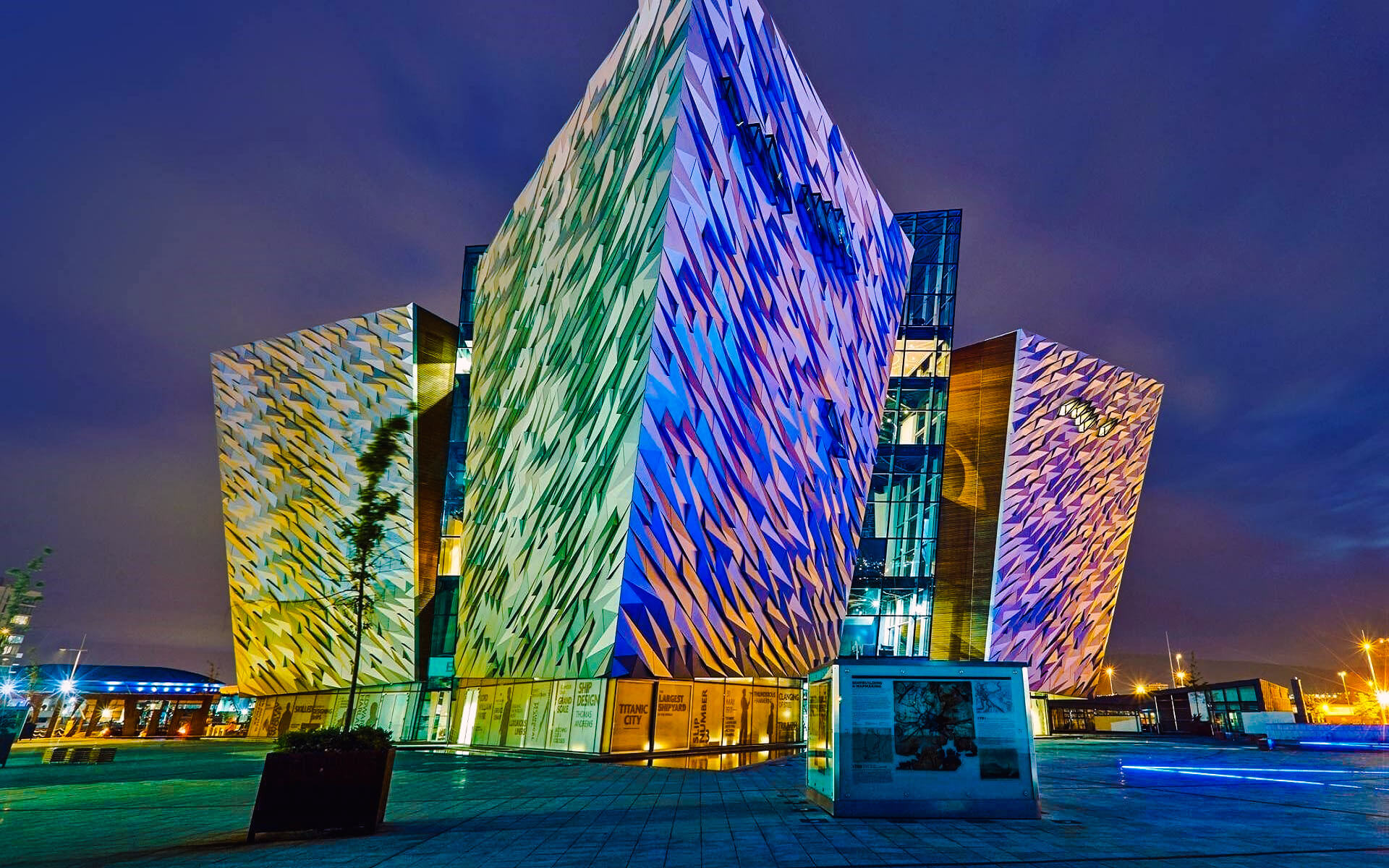Belfast is the capital and biggest city of Northern Ireland, as well as the tenth largest city in the United Kingdom and the second-largest on the island of Ireland, after Dublin. Belfast, located on the River Lagan, had a population of 286,000 at the time of the 2011 census and 333,871 following the 2015 council reform. Belfast was awarded city status in 1888.
Belfast was a center of the Irish linen, tobacco processing, rope-making, and shipbuilding industries: Harland & Wolff, which constructed the RMS Titanic, was the world’s largest and most prolific shipyard in the early twentieth century. Belfast was a worldwide industrial center until the latter part of the twentieth century, and it played a vital role in the Industrial Revolution. Belfast was the largest city in Ireland at the beginning of the twentieth century, thanks to industrialization and the inward migration it generated.
Today, Belfast is the economic engine of Northern Ireland, serving as a center for industry, the arts, higher education, business, and law. The city suffered significantly during the war known as “the Troubles,” but has since seen a prolonged period of quiet, free of the terrible political bloodshed of previous years, as well as significant economic and commercial expansion. Furthermore, the city center of Belfast has seen significant development and reconstruction in recent years, particularly around Victoria Square.
Belfast has two airports: George Best Belfast City Airport, which is located in the city, and Belfast International Airport, which is located 15 miles (24 kilometers) west of the city. Belfast is a large port, with commercial and industrial facilities dominating the Belfast Lough coastline, including the Harland and Wolff shipyard, and is designated as a global city by the Globalization and World Cities Research Network (GaWC).


